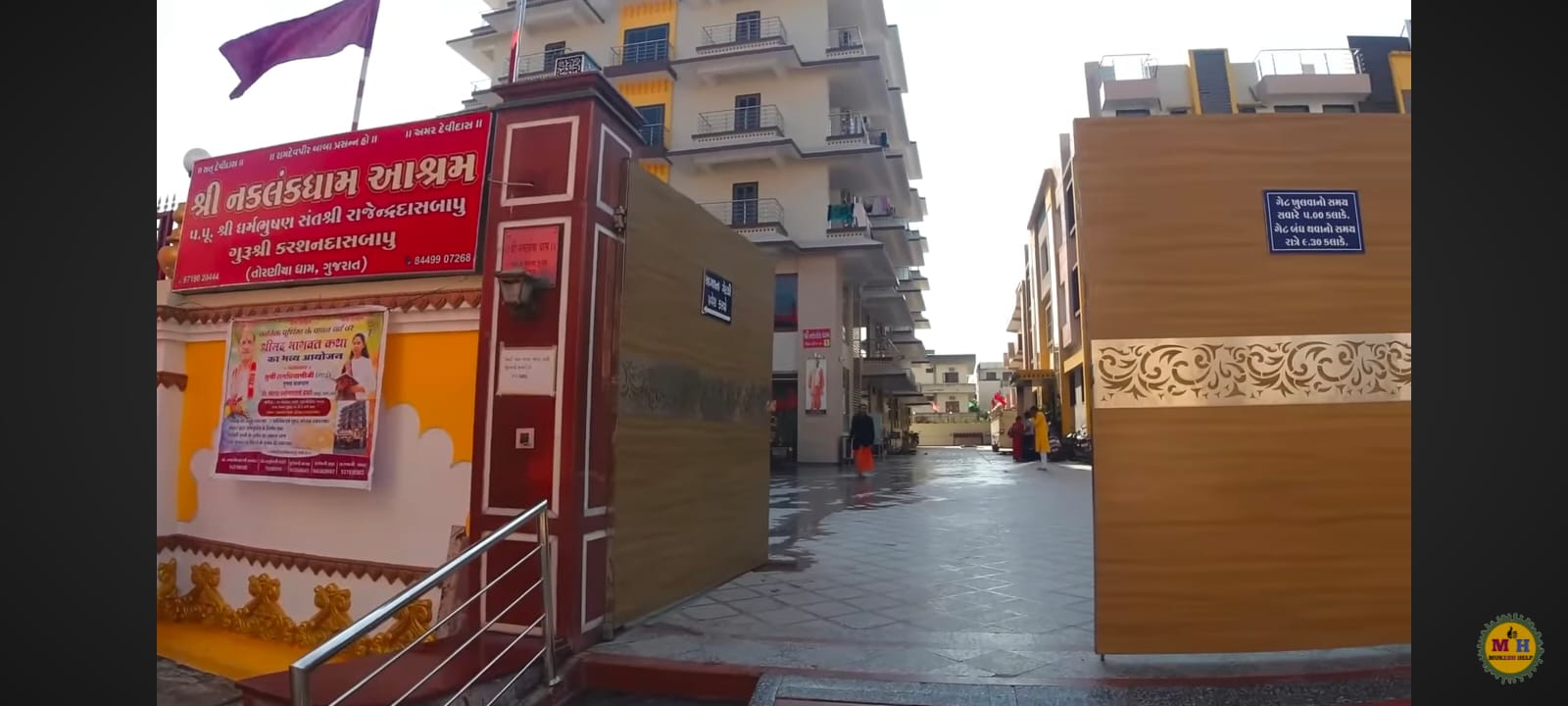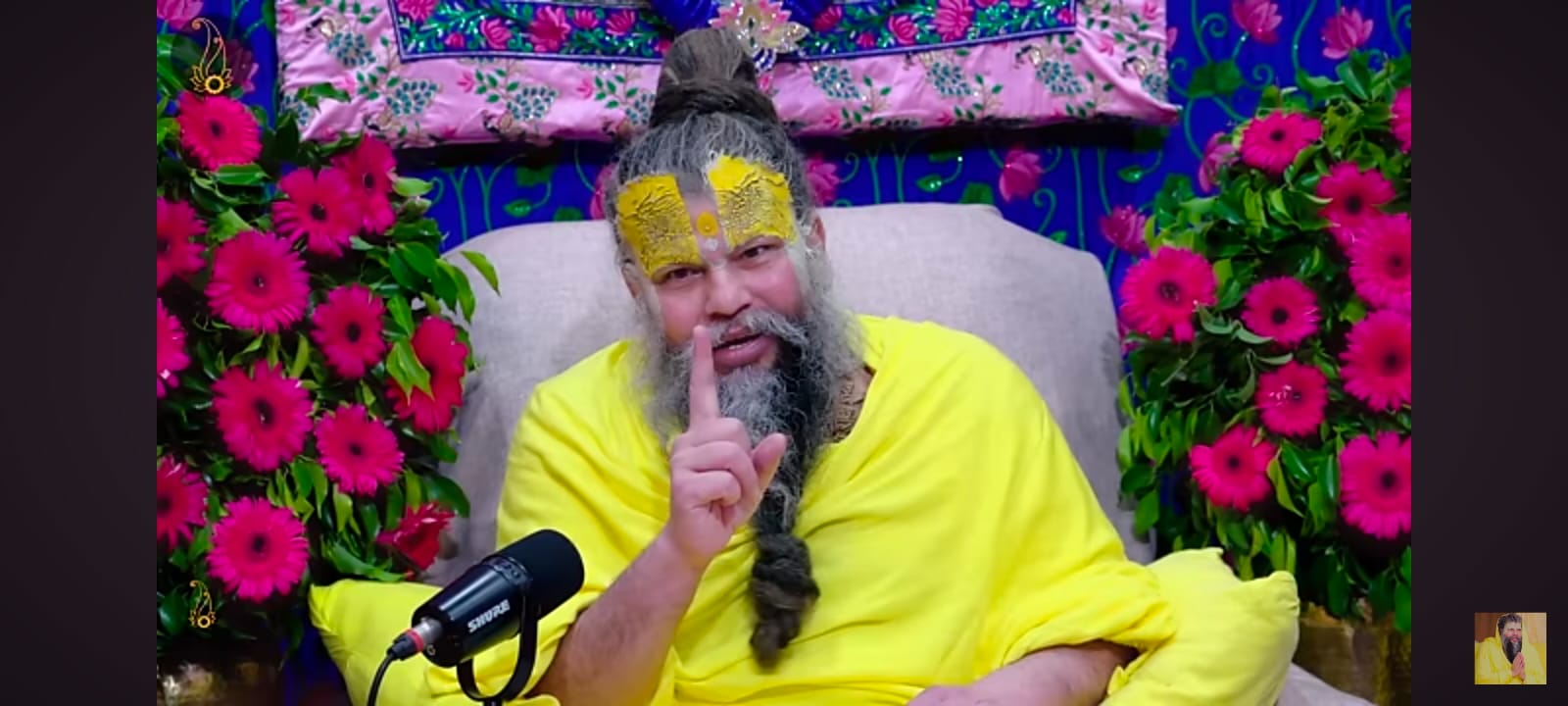
आधार की आवश्यकता और उसका महत्व
भारत में आधार कार्ड नागरिकों की पहचान, सरकारी योजना लाभ, बैंकिंग, पेंशन, सब्सिडी और तमाम सेवाओं के लिए एक बेहद आवश्यक दस्तावेज बन चुका है। यही वजह है कि किसी व्यक्ति की मृत्यु के बाद भी उसका आधार नंबर एक्टिव रहना खतरनाक हो सकता है—क्योंकि इससे किसी भी प्रकार की धोखाधड़ी या गलत इस्तेमाल होने की आशंका बनी रहती है।
UIDAI की पहल: परिवार के मृत सदस्य के लिए आधार नंबर बंद करना क्यों है जरूरी?
UIDAI ने 9 जून 2025 को “परिवार के सदस्य की मृत्यु की सूचना” (Reporting of Death of a Family Member) नामक ऑनलाइन सेवा शुरू की है। इस सेवा के ज़रिए परिवार का कोई सदस्य सरलता से मृतक के आधार नंबर को डीएक्टिवेट करने के लिए रिपोर्ट कर सकता है। यह सुविधा फिलहाल देश के 24 राज्यों और केंद्र शासित प्रदेशों में लागू की गई है, बाकी हिस्सों में भी शुरू की जा रही है।
आधार डीएक्टिवेशन के जोखिम और धोखाधड़ी की संभावना
-
मृत व्यक्ति के आधार का गलत इस्तेमाल बैंकिंग, सिम कार्ड, सब्सिडी या सरकारी योजनाओं में आसानी से हो सकता है।
-
डिजिटल युग में पहचान की चोरी, सरकारी सेवाओं की अवैध प्राप्ति, फर्जी लेन-देन जैसे अपराधों का खतरा बढ़ जाता है।
-
गलत आधार से पेंशन, संपत्ति या सब्सिडी पाने वाले धोखाधड़ी कर सकते हैं।
UIDAI द्वारा अब तक कितने आधार नंबर बंद किए गए?
UIDAI ने 1.55 करोड़ मृत्यु रिकॉर्ड की जांच कर 1.17 करोड़ आधार नंबर बंद (डीएक्टिवेट) किए हैं। सिविल रजिस्ट्रेशन सिस्टम (CRS) वाले राज्यों में इस प्रक्रिया को प्राथमिकता दी जा रही है। शेष राज्यों में रिकॉर्ड की जांच व आधार बंद करने का कार्य प्रगति पर है।
कौन कर सकता है डीएक्टिवेशन की रिपोर्ट?
कोई भी करीबी परिवार का सदस्य जिसकी पहचान प्रमाणित हो—जैसे पुत्र/पुत्री, जीवनसाथी, अभिभावक या कानूनी उत्तराधिकारी—मृतक के आधार डीएक्टिवेट के लिए आवेदन कर सकता है।
आधार डीएक्टिवेशन के लिए आवश्यक दस्तावेज
-
मृत व्यक्ति का आधार नंबर
-
मृत्यु प्रमाण पत्र (Death Certificate)
-
रिपोर्ट करने वाले का पहचान पत्र (जैसे आधार/पैन कार्ड)
-
परिवार का रिश्ता प्रमाणित करने वाला दस्तावेज (यदि मांगे जाएं)
स्टेप-बाय-स्टेप ऑनलाइन प्रक्रिया:
1. death certificate लें:स्थानीय मृत्यु पंजीकरण कार्यालय से परिवार को मृत्यु प्रमाण पत्र प्राप्त करना आवश्यक है।2. माय आधार पोर्टल पर जाएं:https://myaadhaar.uidai.gov.in/ पर लॉगिन करें।3. सेवा चयन करें:‘परिवार के सदस्य की मृत्यु की सूचना’ (Reporting of Death of a Family Member) सेवा चुनें।4. मांगी गई जानकारियां भरें:मृतक व्यक्ति का आधार नंबर, मृत्यु प्रमाण पत्र नंबर व विवरण, तथा रिपोर्ट करने वाले सदस्य के दस्तावेज़ अपलोड करें।5. सेल्फ-ऑथेंटिकेशन:रिपोर्टिंग सदस्य को अपनी पहचान व रिश्ते का सत्यापन करना होगा—यह UIDAI डिजिटल माध्यम से सत्यापित करता है।6. सत्यापन और प्रक्रिया:सभी डेटा और डॉक्युमेंट के सत्यापन के बाद UIDAI आधार नंबर को डीएक्टिवेट करने की प्रक्रिया शुरू करता है। आवेदन की प्रगति पोर्टल या SMS के माध्यम से पता चलती है।
ऑफलाइन प्रक्रिया (यदि ऑनलाइन सुविधा उपलब्ध न हो):
-
नजदीकी आधार नामांकन केंद्र या UIDAI कार्यालय में जाएं।
-
मृत व्यक्ति की मृत्यु प्रमाण पत्र व आधार नंबर, अपनी पहचान के दस्तावेज साथ ले जाएं।
-
डिटेल फॉर्म भरें और सभी डॉक्युमेंट जमा करें।
डीएक्टिवेशन के बाद आधार का क्या होता है?
एक बार डीएक्टिवेट हो जाने के बाद आधार नंबर से संबंधित सभी सेवाएं—जैसे केवाईसी, बैंक खातों की लिंकिंग, मोबाईल नंबर/सिम जारी करना—स्वचालित रूप से निष्क्रिय हो जाती हैं। किसी भी प्रकार की पहचान सत्यापन या लेन-देन इस आधार नंबर से नहीं किया जा सकता।
अगर किसी जिंदा व्यक्ति का आधार गलत तरीके से डीएक्टिवेट हो जाए?
गलत डीएक्टिवेशन की स्थिति में, आधार धारक नजदीकी UIDAI क्षेत्रीय या राज्य कार्यालय से संपर्क करके निर्धारित फॉर्म में पुनः सक्रियता के लिए आवेदन कर सकता है। बायोमेट्रिक्स और पहचान की फिर से जाँच की जाती है।
वृद्धजनों के मामलों में विशेष कदम
UIDAI 100 साल से अधिक उम्र वाले आधार धारकों की जानकारी राज्य सरकारों के साथ साझा कर सत्यापन करवा रहा है ताकि जीवित/मृत की पुष्टि हो सके और डाटा शुद्ध बना रहे।
डेटा सुरक्षा के लिए परिवार क्या सावधानी रखें?
-
मृत व्यक्ति का आधार कार्ड, मोबाइल सिम, बैंक पासबुक आदि को सम्हालकर रखें।
-
बायोमेट्रिक्स लॉक फीचर का इस्तेमाल करें जब तक आधार बंद न हो।
-
आधार नंबर की निजी जानकारी शेयर न करें।
UIDAI के नवीनतम निर्देश व सलाह
-
मृत्यु के बाद आधार डीएक्टिवेट कराना आवश्यक है।
-
इसके लिए मृत्यु प्रमाण पत्र अनिवार्य है।
-
वर्तमान में किस राज्य में सेवा चालू है, यह UIDAI पोर्टल पर चेक करें।
निष्कर्ष
आधार नंबर डीएक्टिवेट कराने की प्रक्रिया को UIDAI ने पहले से काफी आसान, सुरक्षित और पारदर्शी बनाया है। परिवार के सदस्यों की तुरंत पहल, सही दस्तावेज़ जमा करना और UIDAI के दिशानिर्देशों का पालन कर न सिर्फ आप किसी भी अनुपयुक्त उपयोग से बच सकते हैं, बल्कि डिजिटल पहचान तंत्र की सुरक्षा भी सुनिश्चित कर सकते हैं।
English Article: Aadhaar Deactivation for Deceased Relatives – How to Report Death to UIDAI and Prevent Identity Fraud
Meta Description
Learn how to report the death of a family member to UIDAI for Aadhaar deactivation, step-by-step process, required documents and practical tips to prevent identity misuse after a relative’s death.
English URL Structure (for Social Media Friendly Preview)
aadhaar-deactivation-after-death-reporting-family-uidai-prevent-fraud
#Tags
#Aadhaar #UIDAI #Deceased #IdentitySafety #DigitalIndia #OnlineServices #FamilyCare #FraudPrevention #DeathReporting #GovernmentServices
Introduction: Why Is Aadhaar Deactivation After Death Important?
Aadhaar is India’s central proof of identity, required for banking, welfare schemes, pensions, subsidies, and numerous essential services. If a deceased person’s Aadhaar remains active, it can be misused for fraudulent activities, including false claims, unauthorized transactions, or identity theft—posing risks to families and the broader system.
UIDAI’s New Initiative: Reporting Death and Deactivating Aadhaar
On June 9, 2025, UIDAI introduced a digital service “Reporting of Death of a Family Member” on the myAadhaar portal. This crucial step enables any family member to report the death of a relative for Aadhaar deactivation through a secure and user-friendly process. The service is currently operational in 24 states and union territories, with more to be added soon.
Why Deactivation Matters
-
Prevents use of Aadhaar in fraudulent bank or subsidy claims.
-
Stops SIM swaps, false KYC verifications, and abuse of government benefits.
-
Helps maintain the accuracy and security of India’s digital identity database.
-
Shields families from legal and financial complications arising due to misuse.
UIDAI’s Achievements in Deactivation
UIDAI, together with state authorities, has verified over 1.55 crore death records and deactivated 1.17 crore Aadhaar numbers so far. In non-CRS states, over 6.7 lakh death records are under review.
Who Can Report a Death?
A close family member—such as spouse, child, parent, or legal heir—can apply to have the deceased’s Aadhaar deactivated. The applicant must be able to establish their relationship and provide valid identification.
Documents Required for Reporting
-
Deceased person’s Aadhaar number
-
Death certificate issued by local authorities
-
Applicant’s identity proof (Aadhaar, PAN, Voter ID, etc.)
-
Documents or details establishing family relationship (if required)
Step-by-Step Online Deactivation Procedure
1. Obtain a Death Certificate:Collect the death certificate from the Registrar of Births and Deaths or authorized official.2. Visit myAadhaar Portal:Go to https://myaadhaar.uidai.gov.in/ and log in using your credentials.3. Choose the Reporting Service:Select “Reporting of Death of a Family Member”.4. Fill in Details:Submit the deceased’s Aadhaar number, death registration number, and upload supporting documents as instructed.5. Authenticate Yourself:You will be prompted for authentication to verify identity and relationship.6. Submit Application:Once submitted, UIDAI validates your information and processes the deactivation request. You can track progress through the portal or receive updates via SMS.
Offline Process (for non-digital users or if online unavailable)
-
Visit the nearest Aadhaar Enrollment/Update center.
-
Carry all required documents.
-
Fill in the prescribed form for reporting death.
-
Submit documents and the center will process the request.
What Happens After Deactivation?
Once deactivated, the Aadhaar number ceases to function for any verification, financial transactions, KYC, linking to bank accounts, mobile SIMs or availing government schemes. This ensures identity safety and compliance with government directives.
If a Living Person’s Aadhaar Gets Deactivated by Mistake?
If deactivation occurs in error, the individual can contact the local UIDAI center with proof of existence and identity for reactivation. Biometric re-verification and document checks will be undertaken before restoring their Aadhaar.
Special Measures for Sr. Citizens
UIDAI is proactively sharing demographic details of Aadhaar holders above 100 years old with state governments for verification—ensuring only authentic identities remain in the system.
Family’s Role in Data Security
-
Safeguard Aadhaar, bank cards, and associated documents of the deceased.
-
Use the biometric lock feature on UIDAI portal till deactivation is complete.
-
Do not share Aadhaar details unnecessarily during the transition period.
Latest UIDAI Guidelines
-
Reporting the death and deactivating Aadhaar is a family’s responsibility.
-
A valid death certificate is mandatory.
-
Service coverage varies—check portal for status in your state.
Conclusion
UIDAI’s move for online and secure reporting of death and Aadhaar deactivation makes the process transparent and family-friendly, reducing the likelihood of misuse after death. Timely deactivation—coupled with strong documentation and vigilance—will help families avoid identity fraud and uphold the integrity of India’s digital identity ecosystem.
For the latest updates and queries, visit the official UIDAI website or reach out to its helpline.







